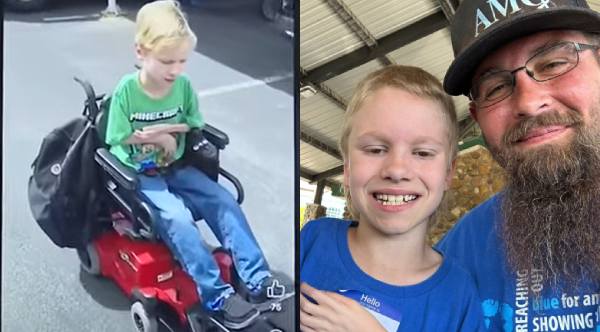A Blazer, a Laptop, and a Fresh Sense of Possibility
- A London school invested $150,000 to equip 270 incoming students with blazers, ties, and laptops.
- This initiative comes from a school in one of the city’s most disadvantaged areas, following years of improved academic performance.
- Students and staff report that uniforms and technology boost confidence, attendance, and focus.
- The story underscores how consistent, community-driven support fosters progress without seeking attention.
When the school quietly announced its generous investment in blazers, ties, and laptops for all 270 new students, it resonated deeply within a community accustomed to practical assistance rather than media coverage. This $150,000 initiative represents not just an expenditure but a commitment to the everyday dignity of students. In a part of London where minor obstacles can accumulate into significant challenges, providing a uniform and a functioning laptop can mean the difference between participating in class or falling behind.
The impact is immediate: students don new collars on their commutes and have reliable laptops to complete homework on time. Teachers observe fewer excuses regarding missing equipment and more discussions centered around coursework and aspirations instead of logistical hurdles. This shift—from scrambling for essentials to engaging in learning—injects energy into classrooms and strengthens relationships.
Parents express relief as this support alleviates financial burdens while simultaneously conveying that the school believes in each child’s potential. This dual message—material assistance paired with elevated expectations—translates into calmer mornings and improved attendance for many families.
Community volunteers and staff contribute by offering after-school sessions that teach students how to care for their laptops and wear their uniforms with pride. These lessons emphasize responsibility over style, fostering shared rituals between students and teachers. Over time, these small practices cultivate a sense of routine and belonging that may be difficult to quantify but is palpable in the hallways.
School leaders emphasize that this initiative is part of a broader strategy rather than a fleeting financial splurge. The recent uptick in grades and higher education entries validates this investment as a means to reinforce momentum rather than replace hard work. This approach resonates with parents who seek tangible returns on limited resources while providing students with the necessary tools to pursue ongoing progress.
Ultimately, what matters most are the small victories: a student arriving with a charged laptop, a parent relieved at the start of term, or a teacher witnessing increased participation from previously shy students. These everyday moments are where resilience meets opportunity; they transform hope into something ordinary yet profound. In a neighborhood committed to progress, these acts of care are beginning to weave together into something much larger.




Leave a Comment